In 1932, Aaron Copland (1900–1990) was in Mexico, hanging out with the Mexican composer and conductor Carlos Chávez, when they visited a nightclub, El Salón México, that was later immortalised in Copland’s 1936 orchestral work of the same name. His friendship with Chávez was important, and Mexico was a frequent destination for Copland, either for vacation or for conducting engagements.
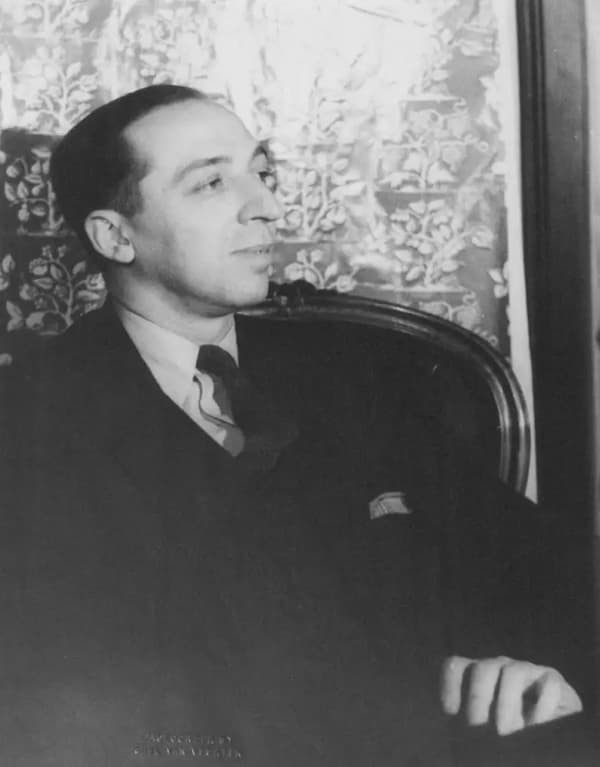
Carl van Vechten: Aaron Copland, 1936
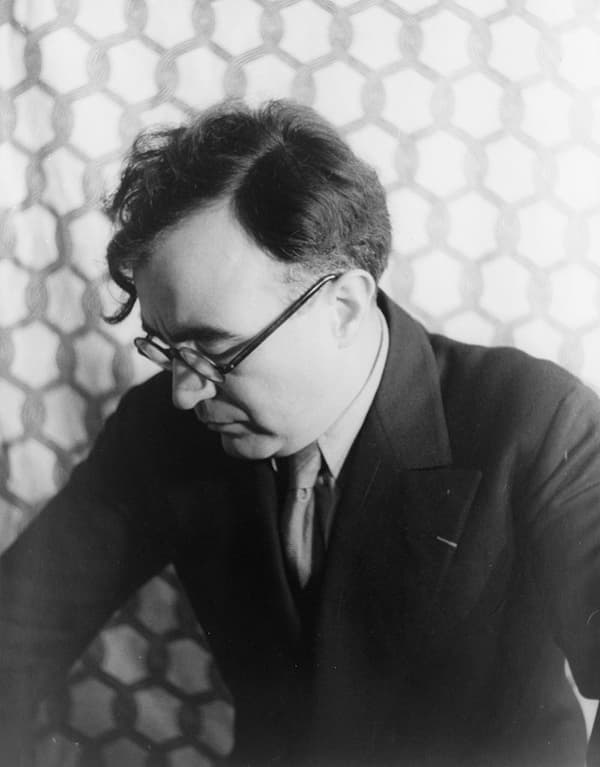
Carl van Vechten: Carlos Chávez in 1937
El Salón Mexico was the start of Copland’s new style, which was both simpler and more accessible and was the start of his popularity. Later works that were also influenced by his trips south were his 1942 Danzón Cubano and his 1971 Three Latin American Sketches.
In a letter in the late 1920s, Copland was bemoaning the fact that some of the characteristic music of the 19th century had virtually disappeared, writing that ‘It seems a long time since anyone has written an España … – the kind of brilliant piece that everyone loves’. He was referring to Chabrier’s España from 1883, a work that is still on the concert stage now, over 140 years later. In 1932, however, Copland produced his own characteristic piece that remains one of the most popular short orchestral works even today. The first version of 1932 had its premiere in a two-piano version in 1935, with Copland playing with John Kirkpatrick in New York; the orchestral version was revised in 1936 and then had its premiere in Mexico City with Carlos Chávez conducting the Orquesta Sinfónica de México. There were two US performances – an NBC radio broadcast with the NBC Symphony Orchestra conducted by Sir Adrian Boult in May 1938, and its first American live performance was by the Boston Symphony Orchestra, conducted by Serge Koussevitzky in October 1938.
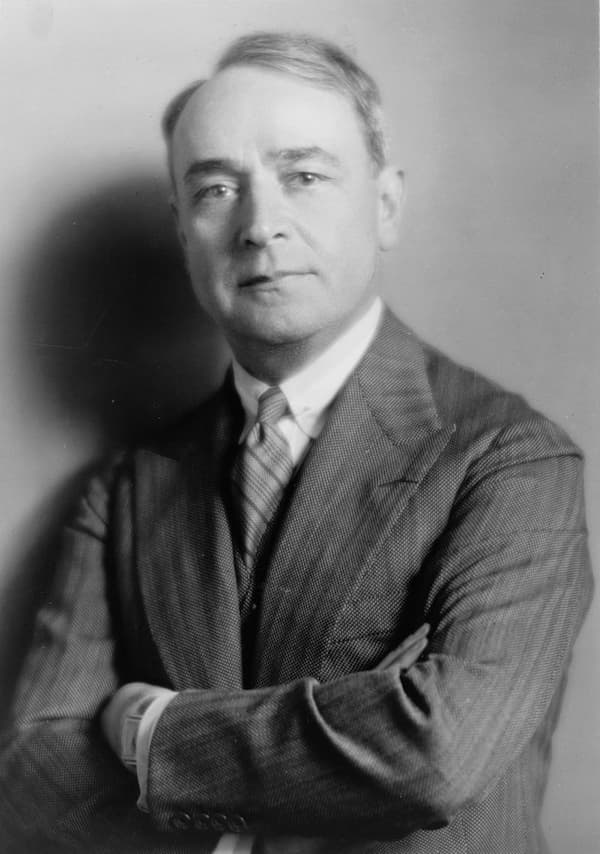
Serge Koussevitzky, date unknown between 1920 and 1950
His concern before the Mexican premiere was that the orchestra players would not appreciate an American writing music on Mexican theme, but he was honoured by the players of the Orquesta Sinfónica de México, who, upon his entrance into the hall while they were rehearsing a Beethoven symphony, ‘suddenly stopped what they were doing and began to applaud vigorously’. With that approval, his worries disappeared. The local critics praised it, saying that it ‘embodies the very elements of our folk song in the purest and most perfect form’.
Aaron Copland: El salon Mexico (New Philharmonia Orchestra; Aaron Copland, cond.)
In 1941, before taking its part in the war in Europe and Asia, the US was working to strengthen its ties with the other Americas. Copland was dispatched as a cultural ambassador to Latin America, visiting 9 different countries. He had been to Cuba in 1937, following the premiere of El Salón Mexico mentioned above, and on this 1941 trip, was eager to return to Havana. As he had in Mexico, he visited a dance hall which had the unique arrangement of two different orchestras, each playing at an opposite end of the dance floor. Copland, of course, chose to sit in the middle to hear both at once.
In 1942, the League of American Composers commissioned a work for their 20th anniversary concert, and Copland performed Danzón Cubano in a two-piano version with Leonard Bernstein on the other piano.
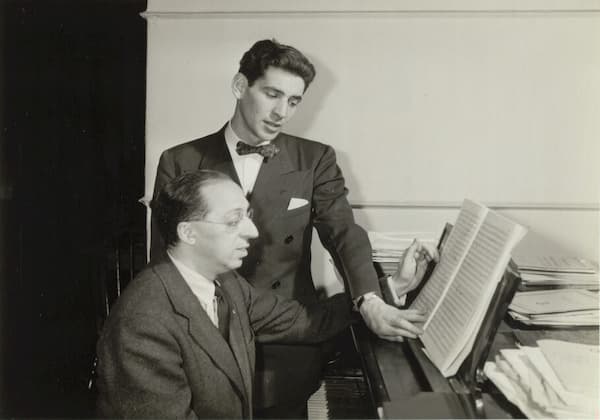
Aaron Copland with Leonard Bernstein, ca 1940
When he came to create the orchestral version, which received its premiere in February 1946 with the Baltimore Symphony Orchestra conducted by Reginald Stewart, he slowed down the tempos from the original 2-piano version.
As he had done with El Salón Mexico, Copland used the real dance rhythms of the day, not the sanitised versions that were popular in the US. The dance of the title, the danzón, was a slower dance of the time. Copland saw it as ‘one that fulfils a function rather similar to that of the waltz in our own music, providing contrast to some of the more animated dances’ such as the rhumba or conga. It requires a precise rhythmic articulation, which comes across in this performance with Copland conducting.
Aaron Copland: Danzon Cubano (London Symphony Orchestra; Aaron Copland, cond.)
The Three Latin American Pieces came from a process of gradual accretion. The middle movement, Paisaje Mexicano (Mexican Landscape), was written in 1959 for Gian Carlo Menotti for a piece for the Spoleto Festival in Italy. As he was then vacationing in Acapulco, he responded with Paisaje Mexicano. Realising that, at 3 minutes, it was just a bit short, he added on the Danza de Jalisco (Dance of Jalisco), another 3-minute orchestral piece. In the end, only the Danza de Jalisco was performed in July 1959.
Copland performed the work as Two Mexican Pieces for a private concert in April 1965 in Washington, with Copland conducting.
Later, the conductor Andre Kostelanetz asked him to add a third piece to round out the work, and he wrote Estribillo, which was based on a popular Venezuelan song. The final version of Three Latin American Sketches was given its premiere in June 1972, with Kostelanetz conducting the New York Philharmonic.
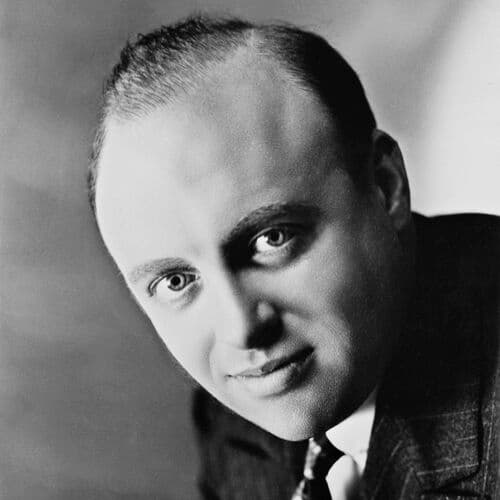
Andre Kostelanetz
Copland again used traditional melodies but added his own mix of complex and unusual rhythms, unexpected dissonances, and novel orchestration. The result is a work not unlike El Salón Mexico in its engaging qualities that make the most out of simple material to create a new kind of 20th-century character piece.
Aaron Copland: 3 Latin American Sketches (New Philharmonia Orchestra; Aaron Copland, cond.)
American composers loved Mexico, much in the same way that French composers loved Spain – it was exotic and local but so foreign at the same time. Mexico’s musical heritage, so different from the European / Germanic influence in the USA, gave Copland a way to brighten the concert stage and bring back the characteristic works he’d been missing in the 1920s.
Copland travelled widely in the 1920s and 30s, visiting Europe, Africa, and Latin America. His success in encapsulating the music he heard into what would become his distinctive American voice cannot be understated. As much as Stravinsky represented Russian music (despite writing much of it from France), Copland came to represent American music. His incorporation of folk song, jazz, and his ability to convey the wide-open landscapes of the American West made him the composer for the new mass audience. When critics and other composers disparaged his simpler style, he replied that the Depression made a new society, radio made a new media, and composers had to respond to this new audience.
For more of the best in classical music, sign up for our E-Newsletter


